RFEYE SENSORRFEYE NODE 100-18 LW
High-performance RF sensor for autonomous system integration. An ideal EW & ISR sensor payload enabling real-time spectrum monitoring and I/Q data collection to 18 GHz


RFeye Node 100-18-LW overview
The RFeye Node 100-18 LW (lightweight) sensor provides electronic warfare capabilities and RF intelligence in a compact, low Size, Weight, and Power (SWaP) package. Weighing 1.98 kg (excluding antennas), this intelligent RF sensor excels in signal detection, spectrum monitoring, and RF signal recording (I/Q data), capture, and geolocation up to 18 GHz.

The sensor is suitable for various UAS platforms, including those with small, medium, large, and very large Maximum Gross Take-off Weights (MGTW). The RFeye Node 100-18 LW's reduced weight extends UAS flight time, enabling high-performance electronic warfare (EW) sensors to be used as payloads on fixed-wing UAVs, large and medium-sized rotary drones, and tethered drones. Additionally, it can be integrated into unmanned ground vehicles (UGVs).
Three RF ports support antennas for different frequency bands and all four GNSS satellite constellations. Co-engineering, interference, and filter settings knowledge and support are available for airframe system integrators.


An uprated GNSS chipset supports the L1, L2, and L5 bands. The RFeye Node 100-18 LW offers outstanding phase noise, noise figure, channel re-tune time, and spurious free dynamic range parameters, superior to other similar RF sensors.
- Modified aluminum case and heatsink
- Supports spectrum superiority and RF intelligence
- Enables real-time continuous spectrum operations
- Detects low-power and LPI signals
- Operates effectively in GNSS-disrupted environments
- Functions as a standalone RF sensor a networkable unit
- Easy to integrate
RFeye Node 100-18-LW at a glance
Intelligent RF sensor
Small, light, fast
Networked for multiple
users & missions

RF recording (I/Q capture)

Advanced signal intercept
100 MHz IBW wideband frequency monitoring
Superior RF performance
Easy installation, set-up
& operation
%20CTA%20cover.png)
Brochure
RFeye Node Overview
Discover our advanced superheterodyne RF technology for superior sensitivity, frequency stability, and selectivity. Compare Node specifications, view the new RFeye Node models, and discover what makes them unique.
Gateway to powerful
software and APIs
CRFS hardware works with a software suite to monitor, capture, analyze, and geolocate signals of interest for complete spectrum visibility.
EMP (API)
Non-synchronous tasks (single sensor) including sweeps, occupancy scans, detection scans, bearing scans, VITA-49 streaming.
GMP (API)
Synchronous tasks on a network of RF sensors for real-time intelligence, including sweeps, samples TDoA, AoA, PoA, detector-based TDoA, RF record and capture (I/Q data).
Learn more about our RFeye software
RFeye Node comparison
| Specifications | RFeye Node 40-8 |
RFeye Node 100-8 |
RFeye Node 100-18 |
RFeye Node 100-18 LW |
RFeye Node Plus 100-18 |
RFeye Node 100-40 |
|---|---|---|---|---|---|---|
| Frequency range | 9 kHz - 8 GHz | 9 kHz - 8 GHz | 9 kHz - 18 GHz | 9 kHz - 18 GHz | 9 kHz - 18 GHz | 9 kHz - 40 GHz |
| Noise figures at maximum sensitivity | 6-10 dB typical | 6-10 dB typical | 6-17 dB typical | 6-17 dB typical | 6-17 dB typical | 8.5-16 dB typical |
| Phase Noise at 1 GHz (20 kHz offset) | -110 dBc/Hz | -130 dBc/Hz | -126 dBc/Hz | -126 dBc/Hz | -126 dBc/Hz | -126 dBc/Hz |
| Instantaneous bandwidth (IBW) | 40 MHz | 100 MHz | 100 MHz | 100 MHz | 100 MHz | 100 MHz |
| Sweep rate | 245 GHz/s | 280 GHz/s | 390 GHz/s | 390 GHz/s | 390 GHz/s | 232 GHz/s |
| Node weight (inc heatsink) | 2.1 kg (5 lbs) | 4.2 kg (9.3 lbs) | 4.2 kg (9.3 lbs) | 1.95 kg (4.3 lbs) | 4.2 kg (9.3 lbs) | 4.2 kg (9.3 lbs) |
| GNSS bands | L1 | L1 | L1 | L1 / L2 & L1 / L5 | L1 / L2 & L1 / L5 | L1 |
| GNSS disrupted environments | N/A | Yes (Holdover option) | Yes (Holdover option) | Yes (Holdover option) | Yes (Holdover option) | Yes (Holdover option) |
| Local I/Q storage bandwidth (sustained gapless I/Q data) | 20 MHz | 25 MHz* | 25 MHz* | 25 MHz* | 100 MHz | 25 MHz* |
| I/Q streaming bandwidth (sustained gapless I/Q data) | 10 MHz | 12.5 MHz* | 12.5 MHz* | 12.5 MHz* | 100 MHz (550 MBps / 4 Gbps) | 12.5 MHz* |
| IO interface | 1GigE | 1GigE | 1GigE | 1GigE | 2.5GigE / 10GigE SFP | 1GigE |
*Node 100-x can record / stream 100 MHz I/Q data for a small number of seconds (not sustained gapless). Node Plus can record / stream 100 MHz I/Q data for hours.
Guidance for integrators
Physical: CRFS can supply CAD drawings or loan a space model. You must allow for mount point vibration damping.
Operating environment: The sensor is sealed to IP67, provided the CRFS-supplied connectors are fitted.
Power: Typical power consumption is 40 W. Limits are +10V to +30V DC.
RF: Guidance is available on a choice of antennas, filters, RF cables, and locations to optimize performance and reduce interference.
SSD storage: Optional external hard drive.
Data connection: Ethernet connector or switch.
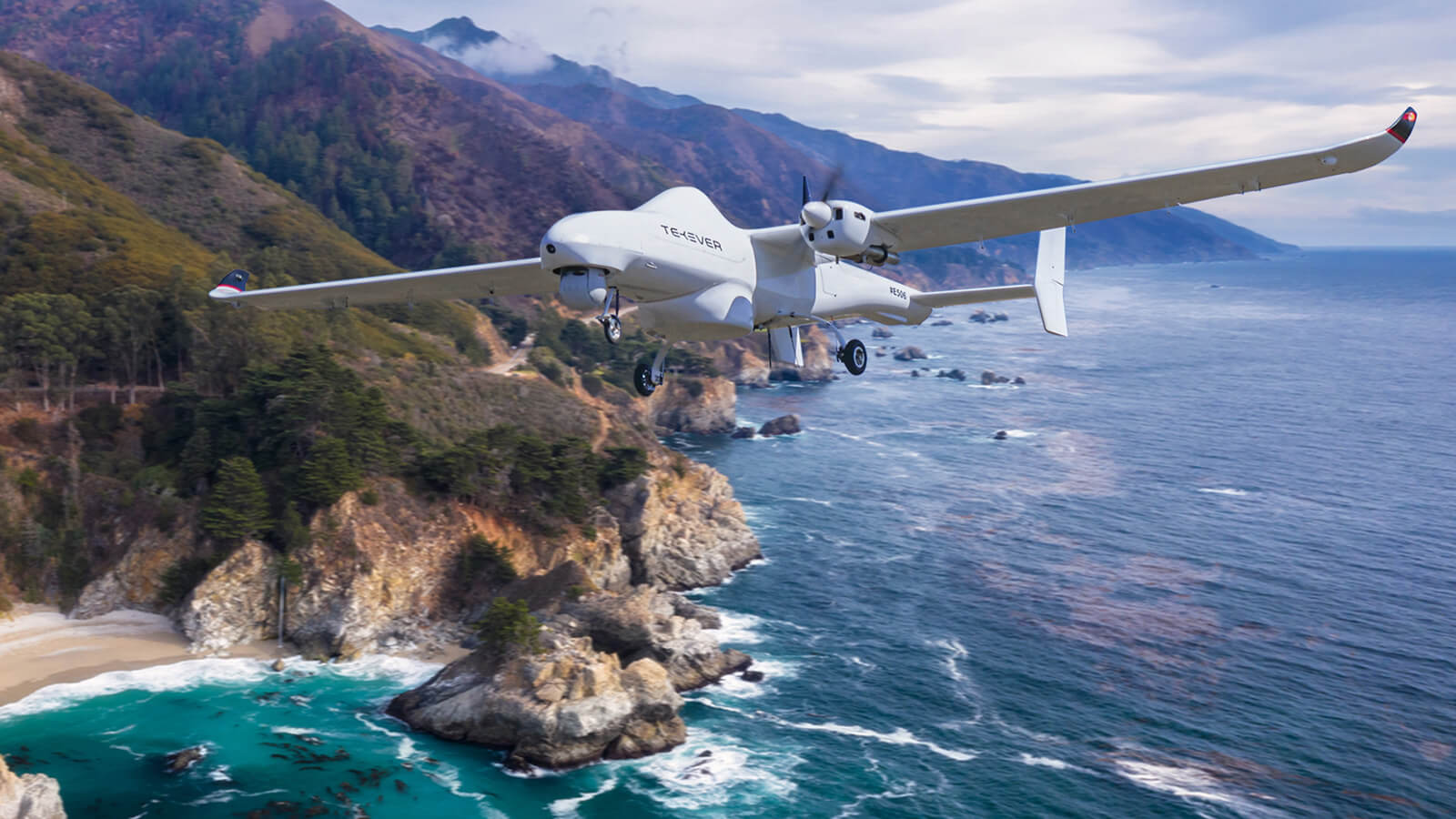
INCREASING LINE OF SIGHT & GEOLOCATING GROUND-BASED TARGETS FROM A LONG DISTANCE
How TEKEVER & CRFS collaborated to fit UAS with ultra-sensitive RF receivers as a payload.
Read the storyCRFS expertise

Principles of
geolocation
techniques
This white paper describes the underlying principles of geolocation techniques (AoA, TDOA, FDOA, & PoA) and outlines their applications. Read the white paper
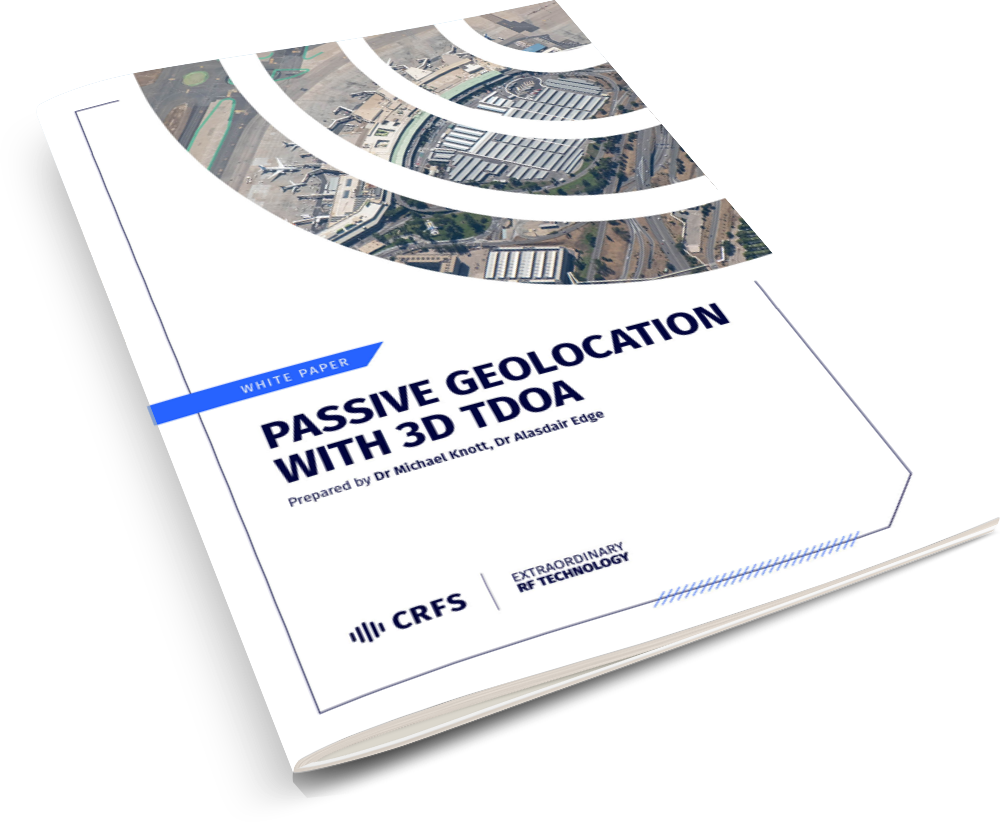
Passive geolocation
with 3D TDOA
Learn about the passive technique known as Time Difference of Arrival (TDOA), which uses the time difference between receipt of signals at spatially separated receivers to determine the location of the source.

Advanced geolocation capabilities
Learn about advanced geolocation capabilities, AoA, TDOA, PoA, multi geolocation, and much more.
Explore RFeye Nodes
Powerful, portable, and rugged RF sensors built for any environment that receive and record signals and geolocation of transmitters.
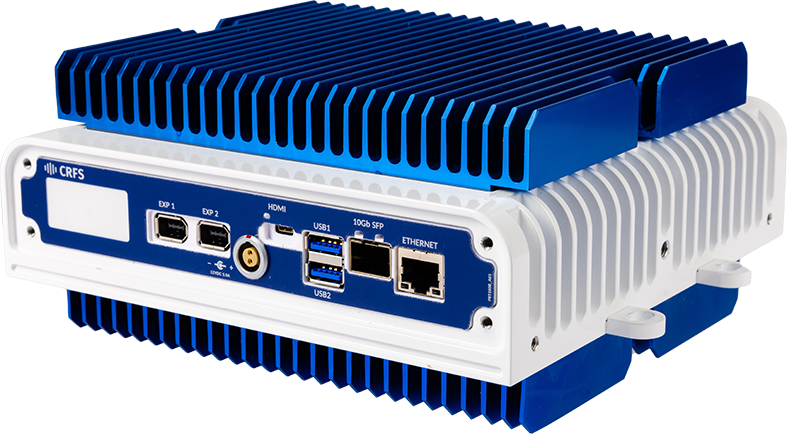
RFeye Node Plus 100-18
Portable, rugged, exceptionally fast RF sensor with full 100 MHz I/Q recording and streaming for enhanced detection, POI and signal intelligence.
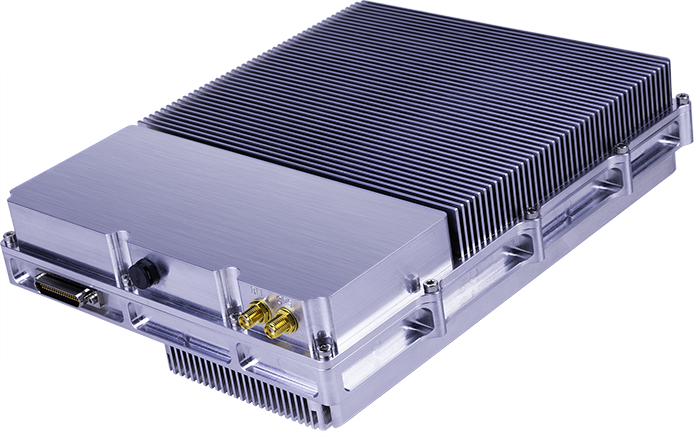
RFeye Node 100-18-LW
High-performance RF sensor for autonomous system integration. An ideal EW / ISR sensor payload enabling real-time spectrum monitoring and I/Q data collection to 18 GHz.
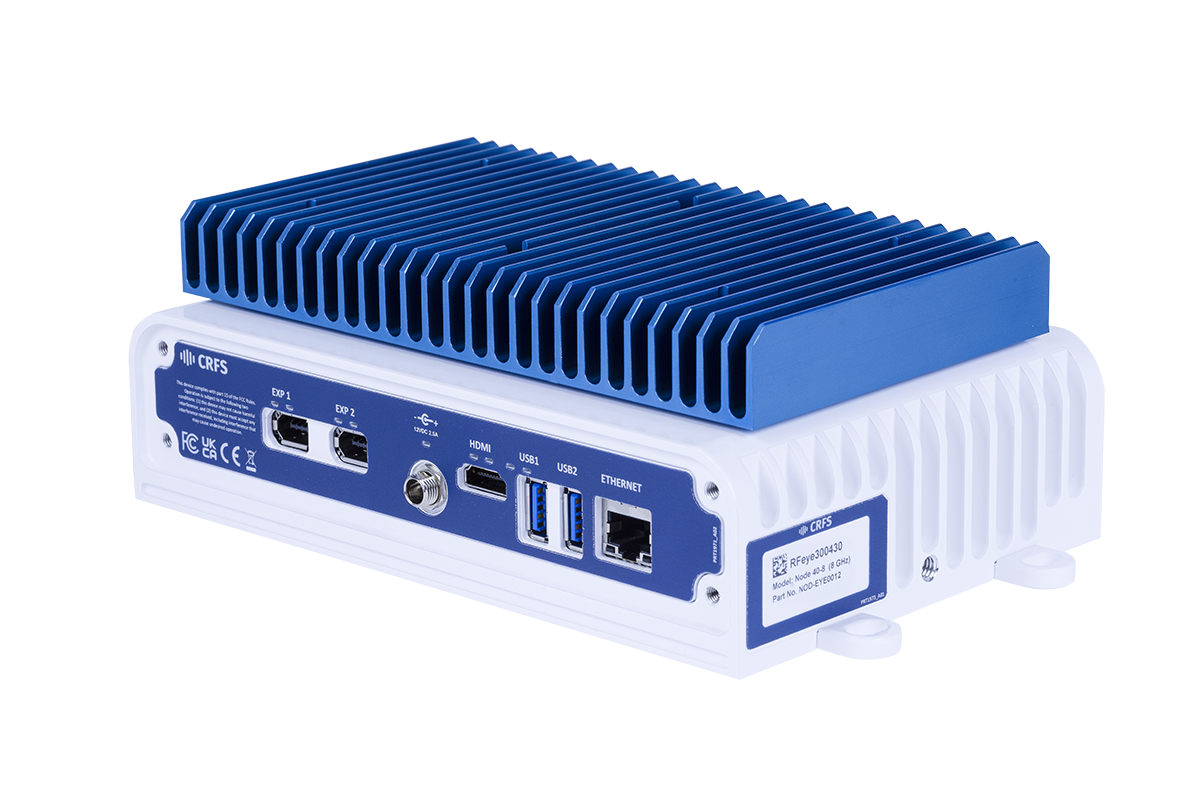
RFeye Node 40-8
A wideband RF receiver to ensure you never miss a signal. The RFeye Node 40-8 provides the latest superheterodyne receiver technology to provide outstanding quality and performance at a highly competitive price.
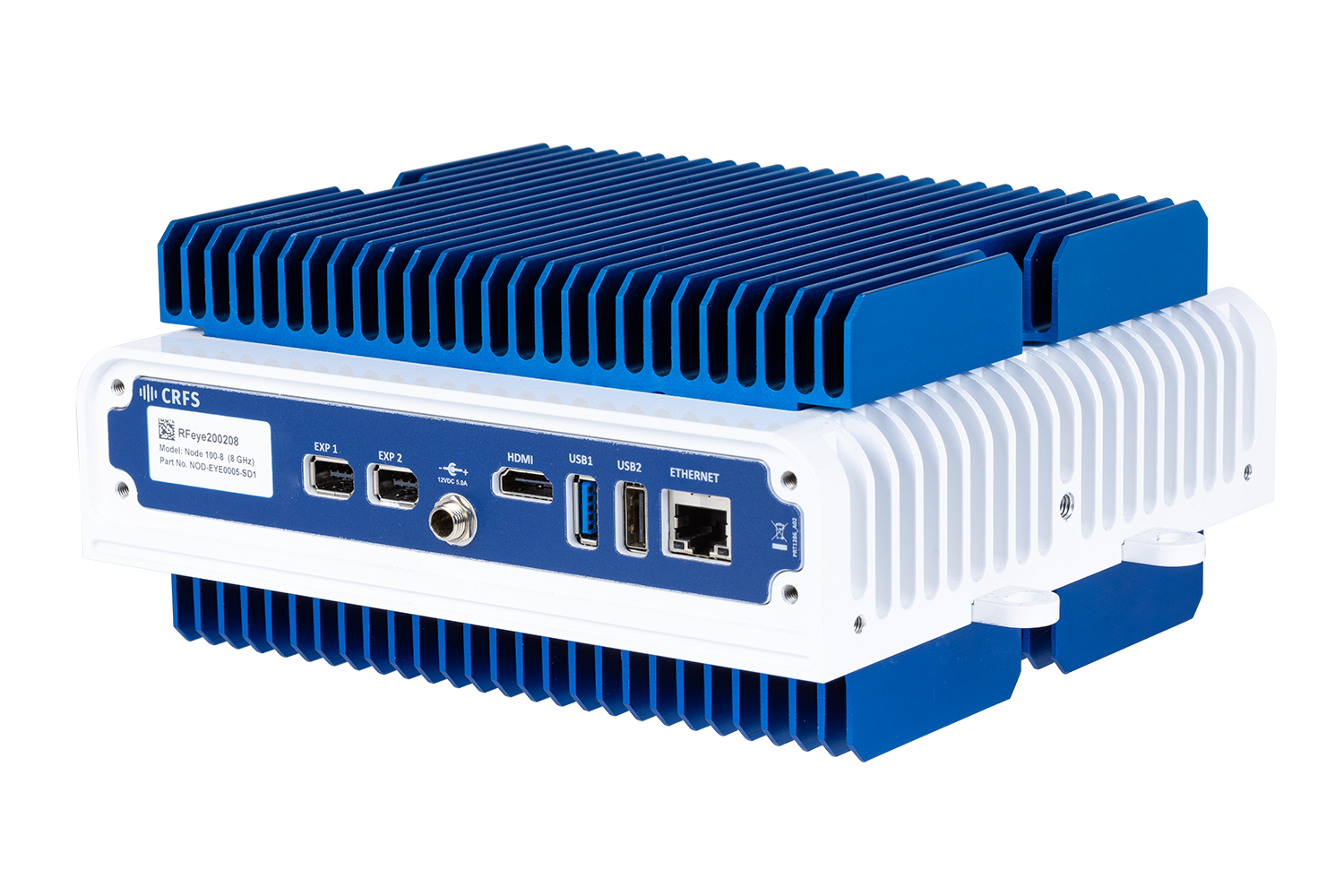
RFeye Node 100-8
Wideband RF receiver to ensure you never miss a signal. The RFeye Node 100-8 is a complete spectrum monitoring and geolocation system designed for remote deployment in distributed networks, including in hostile environments.
Get instant news & expert insights
Join thousands of professionals who subscribe for exclusive insights and early access to our reports and analysis.